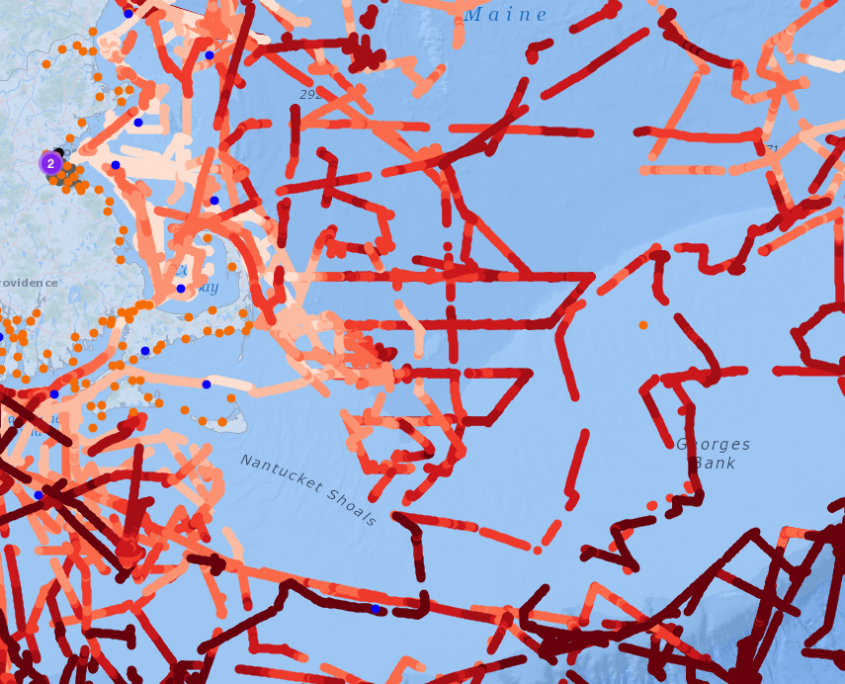Machine Learning Reduces Uncertainties in Ocean Forecasts
Using a new machine learning (ML) framework that fuses multi-fidelity data in space and time, researchers at MIT Sea Grant have been able to forecast temperature and salinity fields in Massachusetts Bay and beyond. This ML approach combines data from anywhere at any time and obtains forecasts everywhere for the mean quantity of interest as well as it variance, quantifying the uncertainty of the prediction. In the video above, ML used data from scheduled measurements by MWRA and opportunistic data from cruises (SOCAT) to predict the salinity field and uncertainty for 2016 in its entirety.
This analysis is the first to employ a new feature in MIT Sea Grant’s Water Quality Analysis and Visualization system that allows users to bring data into view (see SOCAT example below) from multiple data services with just a few clicks, in an open-source, web-based, mobile environment.




